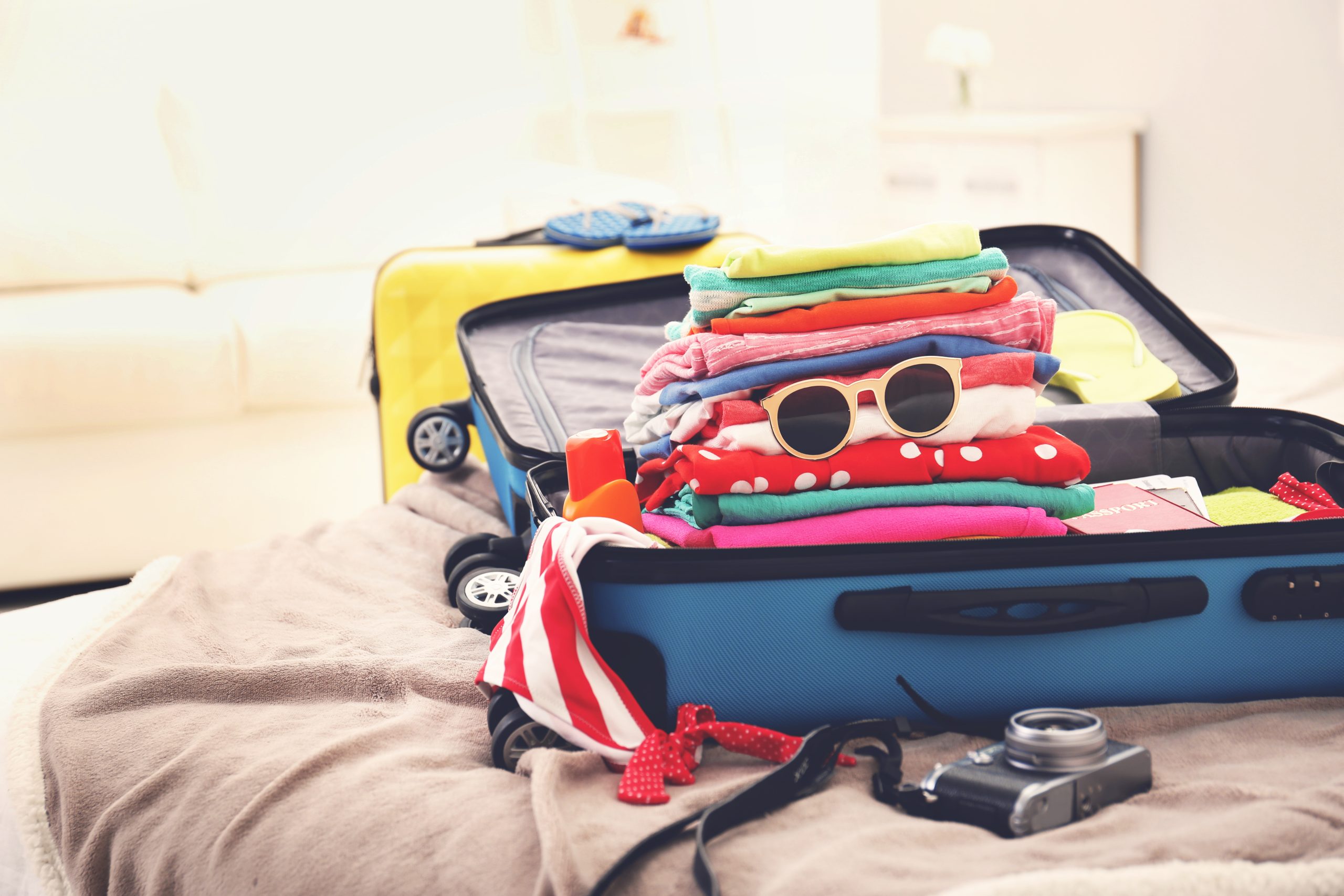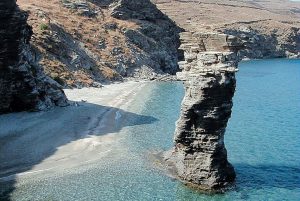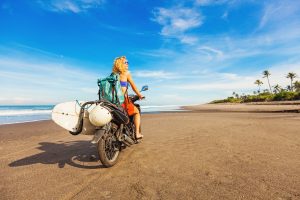Genghis Khan helped me pack for a trip to Kazakhstan years ago.
When Genghis presided over the Mongol Empire in the early 1200s, his clan rode like lightning, unencumbered by extra baggage and aided by smart “packing.” As one story goes, they placed strips of tough meat under their saddles; it became paper-thin and sufficiently tenderized to eat.
I wasn’t traveling by horse or hauling beef-jerky snacks, but the riders’ example made me crush my boxers flat at the bottom of my backpack so they took up no space at all. (It worked.) Other adventurers who pack for hellish conditions also have advice to offer:
Embrace the Value of Lists
Nothing’s worse than pawing through a bag, unsure whether you’ve packed your charger or a compass. Consider this sensible idea from Sir Edmund Hillary, who, alongside Sherpa mountaineer Tenzing Norgay, became the first to summit Mount Everest in 1953: Attach a list to your kit bag noting every item inside. (Hillary’s included “10 air mattresses, 4 sleeping bags, 6 pairs silk gloves.”)
Phones can help. The app Packpoint Premium Packing List ($3) lets you build an editable list of what to pack once you’ve punched in your destination and activities. It also suggests ways to pack lighter if you note access to a laundry or a willingness to wear basics—like khakis or tees—multiple times.
Developing a list means never starting at zero; you can add or subtract for each trip. Joan Didion, who crisscrossed America as a reporter, wrote about her list in the title essay of “The White Album,” observing, “The list enabled me to pack without thinking.”
Go Loco for Pockets
Emma-Louise Phillips, a wildlife documentary producer for the BBC, has adopted a travel uniform that streamlines what goes in her bag. Phillips, who has shot footage everywhere from Guatemala to Inner Mongolia, favors dark khaki trousers that resist stains, and cotton shirts that transition well from fieldwork to formal events. She looks for clothing loaded with pockets. “I use one for my wallet, one for SD photo cards, one for my passport, so I’m like walking luggage,” she said. “Plus, I always know where my vital stuff is.”
She also suggests using the same bag every time you travel. “That way you know how much it can hold, and roughly what it’ll weigh,” said Phillips. You’ll establish a routine, too, tucking your standard take-alongs into consistent places.
Pack What the Locals Wear
Among the reasons that explorer Roald Amundsen beat his rival Robert Falcon Scott to the South Pole in 1911: Amundsen learned to fight the cold like the Inuit, who favored loose furs that let air flow freely to avoid sweating. If you follow his lead in dressing like the locals, you’ll waste less time second-guessing climate conditions or packing “just in case” options.
You can also pack less and buy items once you reach your destination. Ernest Hemingway picked up the Spanish habit of wearing rope-soled espadrilles, a go-to during the bull-running festival in Pamplona. These lightweight, quick-drying shoes suit warm-weather sojourns and slip off in seconds for TSA screening.
Divide and Conquer
Christine Amour-Levar, author of “ Wild Wisdom: Life Lessons from Leading Teams to Some of the Most Inhospitable Places in the World ,” recently sailed a tribal paraw ship in the Philippines. Given the outrigger’s limited space, every item she packed had to serve multiple functions.
A tip that helped: “Lay out everything you think you need, then remove half,” she said. “It’s always a revelation: I realize I don’t need nearly as much as I imagine.
The less you’re weighed down, she added, the more you live in the moment. “That experience reinforced how less can be more when you’re seeking connection—with nature, with others and with yourself.”











